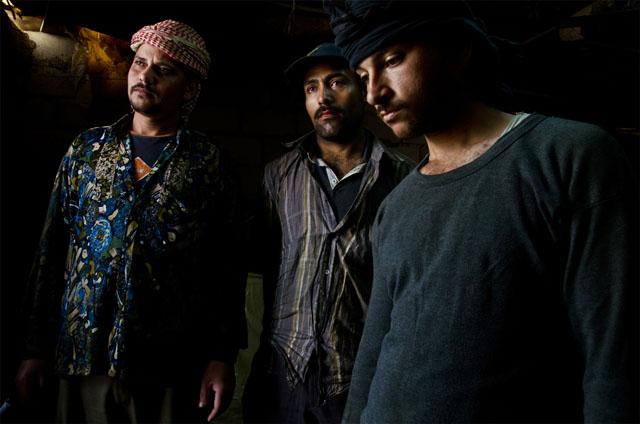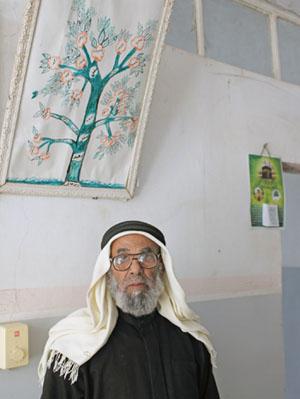You are here
Local photographer documents private lives of guest workers
Mar 09,2014 - Last updated at Mar 09,2014

By Muath Freij
AMMAN — Through her camera lens, young photographer Nadia Bseiso sought to shed light on the lives of migrant workers in Jordan.
After two years of work to prepare her project, the Jordanian artist is currently presenting around 44 photographs at her exhibition “High Hopes” at Zara Gallery to show people what kind of life foreign workers in Jordan lead outside of work.
“Guest workers are human beings and they do have their own private lives, so I wanted to show the activities of numerous workers outside their workplace,” she told The Jordan Times in a recent interview.
Bseiso’s exhibition is part of the fourth edition of the Image Festival, organised by Institut Français in cooperation with Darat Al Tasweer.
The 28-year-old photographer noted that the main aim behind her photos is to raise public awareness of this issue.
Bseiso first thought of the project after she went to Italy in 2009 to study photography.
“I found out that there are a number of Arabs who moved to Italy either for political reasons or because they wanted to work,” she said.
After she finished studying documentary photography in Italy in 2011, she came home and decided to search for migrant workers in Jordan and work on a project documenting their lives.
“I found out that many guest workers in Jordan came from East Asia, in addition to a great number from Egypt,” Bseiso added.
She said a photographer should establish a good rapport with the person he/she takes photos of, recounting that sometimes she only takes one photo or even does not use her camera and listens to their stories instead.
“I built a trust with the people I met. I used to visit them at their residence. I am still maintaining contact with some of them even after the end of the project.”
Bseiso noted that Friday was the most important day of the week for her in documenting the lives of guest workers.
“This day enabled me to see their normal life and what they do in their leisure time.”
Bseiso said she managed to meet these workers after she joined Tamkeen Fields for Aid in their field visits.
She noted that the exhibition, which continues until March 31, provides her with the chance to receive people’s feedback.
“The exhibition is divided into three sections: legal and illegal factory workers, Egyptian farmers and domestic helpers,” the photographer added.
Bseiso said she is planning to follow up on her project and see what the future of her subjects looks like.
Related Articles
AMMAN — Following two long years of lockdowns during the COVID-19 pandemic, the theme of the 10th edition of Image Festival Amman is “gratit
For Jordanian photographer Alaaeddin Jaber, the opportunity to have his photos displayed at a regional exhibition is a promising start in the world of professional photography.
AMMAN — A photography project Amélie Losier worked on in Egypt has taught her about the strength and resilience of women living in a so



















